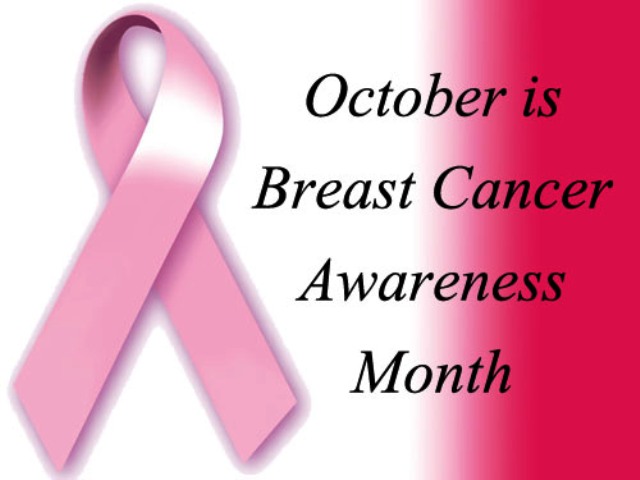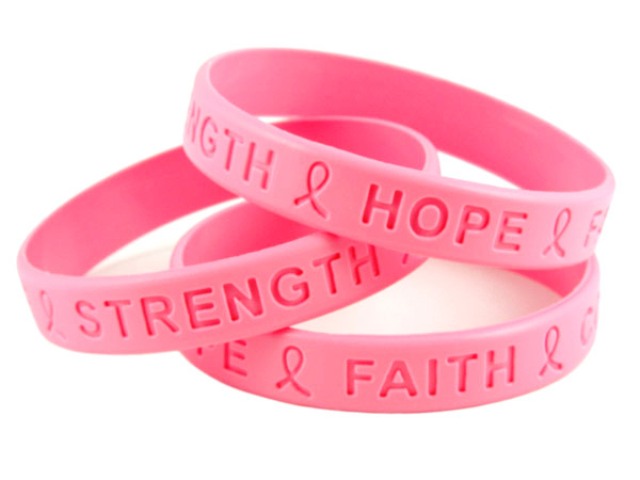Surveys and reports says that the most common in all cancers among women is the breast cancer killing a woman every minute. Breast cancer is being a threat to the female gender and it becomes very important to know its causes, precaution and prevention. A healthy body is the only key to a healthy and happy life. With October being breast cancer awareness month around the world – it is important to know all about it.
A recent study of breast cancer risk in India shows that one in 28 women develops breast cancer during her lifetime and one more shocking fact is that it is higher in urban areas then rural where the risk is much lower. In urban areas it’s one in 22 women in a lifetime while in rural it’s one in 60 women. Breast cancer is painful but can be fatal. Breast cancer becomes life threatening when it spreads to other organs like liver, brain and bone say doctors.
What Is Breast Cancer?
Breast cancer is a malignant tumor that starts in the cells of the breast. A malignant tumor is a group of cancer cells that can grow into (invade) surrounding tissues or spread to distant areas of the body. The disease occurs almost entirely in women, but men can get it, too.
A LOOK OVER THE RISK FACTORS
Now risk factors don’t tell us everything. Having a risk factor, or even several, does not mean that you will get the disease. Most women who have one or more breast cancer risk factors never develop the disease, while many women with breast cancer have no apparent risk factors (other than being a woman and growing older). Even when a woman with risk factors develops breast cancer, it is hard to know just how much these factors might have contributed.
Women with a family history of breast cancer have greater risk of developing it. Other factors that may increase the chances include
High BMI
Smoking
Excessive alcohol consumption.
Early age at first child birth.
Nulliparity or no children
No breast feeding.
Abortions.
Early menarche (first menstrual cycle) before age 12.
Late menopause.
Obesity.
Having children after 30.
Some more risk factors like women working late nights have been considered but not scientifically proved yet.
WAYS TO DETECT IT.
Less commonly the visible symptom is thickening in the breast and skin changes in the nipple such as erythema, crusting, scaling and discharge.
A lump felt by the patient, or during routine physical examination or mammography.
More advanced breast cancers are characterized by fixation of the lump to the chest wall or to overlying skin or ulcers in the skin.
Inflammatory breast cancer is characterized by enlargement of the breast, often without a lump, and has a particularly aggressive course.
Skin irritation or dimpling.
Breast or nipple pain.
RECOVERY and TREATMENT.
Patients can have operable, locally advanced or metastatic breast cancer. It can only be cured using a multimodality approach of surgery, chemotherapy, radiotherapy, hormone therapy, bone –directed therapy and targeted therapy.
Some of the things that can be done at home are regular exercise, maintaining a healthy lifestyle and self-breast examination.
PRECAUTIONS
Experts are not sure what exactly causes breast cancer and it is hard to say why one person develops the disease while another doesn’t says doctor.
Some precautions that can reduce a woman’s risk of developing Breast cancer are:
Maintaining adequate Weight (BMI Less than 25).
Avoiding smoking
Limiting alcohol intake (consuming more than one alcoholic beverage a day can increase breast cancer risk by as much as 20-25 percent.)
Eating a nutritious diet rich in fruits and vegetables. (The superstar fruits include citrus, berries and cherries.)
Undergoing regular self-breast examination followed by periodic examinations performed by a physician.
Exercise for the rest of your life (Many studies have shown that regular exercise provides powerful protection against breast cancer. Aim for 30 minutes or more of moderate aerobic activity (brisk walking) five or more days a week)
Watch your fats – The type of fat in your diet can affect your breast cancer risk. Minimize consumption of omega-6 fats (sunflower, safflower, corn and cottonseed oils), saturated fats and Trans fats.
Minimize exposure to pharmacologic estrogens and xeno-estrogens. Lifetime exposure to estrogen plays a fundamental role in the development of breast cancer.
EAT HEALTHY (Women’s Health GUIDE)
Antioxidants help reduce the formation of free radicals that inflict the kind of damage that could turn a normal breast cell into a renegade.
Vitamins A, C, D and E, zinc, selenium, fiber and omega 3 fatty acid reduce the risk of pre – cancerous breast limps.
Consuming dark yellow, orange and green vegetables and fruits, citrus fruits like grapes and oranges, red wine, legumes, soybeans, cauliflower, Brussel sprouts, broccoli, flaxseed, wheat bran and barley can help avert breast cancer.
Also – dark leafy greens (collards, kale, spinach) carrots and tomatoes.
(It is best to eat vegetables (broccoli, cabbage, Brussels sprouts, cauliflower) raw or lightly cooked, as some of the phytochemicals believed to offer protection against breast cancer are destroyed by heat.
Minimize consumption of omega-6 fats (sunflower, safflower, corn and cottonseed oils), saturated fats and Trans fats.
Maximize your intake of omega-3 fats, especially from oily fish (salmon, tuna, mackerel, sardines, lake trout and herring). Consume monounsaturated oils (canola, olive oil, nuts/seeds, and avocados) as your primary fat source, as these foods have potential anticancer properties.
Minimize consumption of the high glycemic index, “Great White Hazards” – white flour, white rice, white potatoes, sugar and products containing them.
Avoid high- calorie saturated fats, alcohol, smoke, tobacco, coffee and cocoa.
CAN YOU LEAD A NORMAL LIFE?
It is believed that patients diagnosed with breast cancer can led a Normal life after surgery and even while the therapy. Side effects are observed during the treatment but now they are adversely minimized due to effective care support. After the treatment women should take EXTRA care of the affected side by protecting their hands from pinpricks, scratches, insect bites or cuts. Injections, blood pressure cuffs and blood collection on the affected side also must be avoided.
You can avail all and some more detailed information from the internet and know the scientific anatomy about it. DO spread AWARENESS about Breast Cancer in Women.
Take Care 🙂
BY SANGITA MAITY







45 Comments